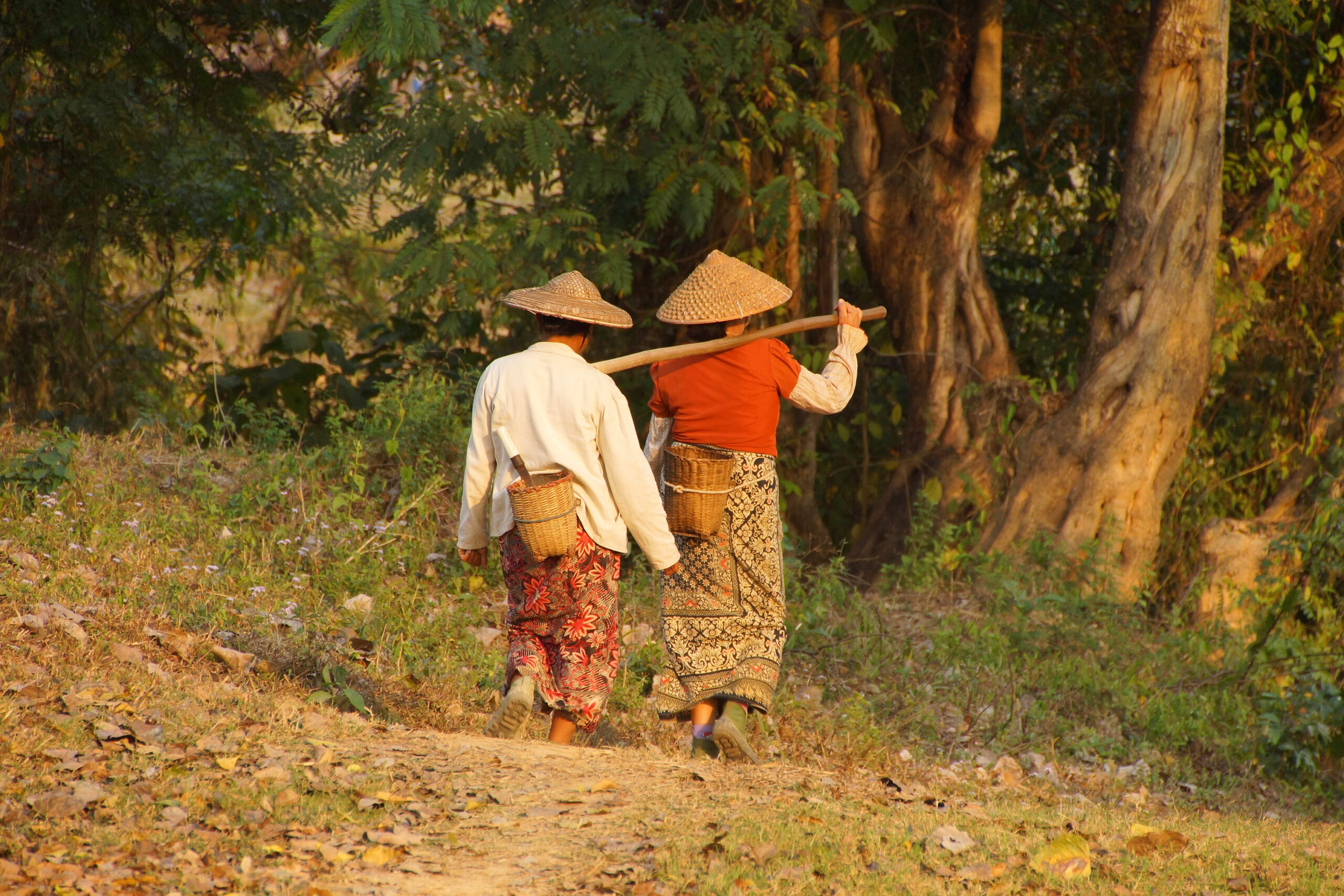Where and how to see the Great Wall of China
October 1, 2025

Ninety years ago, George Orwell served in the Indian Imperial Police in Katha, Myanmar. His experience left him utterly disillusioned and he  quit the imperial service in 1927, returning to England to write full time. The injustices and hardships he witnessed in Katha inspired his 1934 novel Burmese Days which offers a scathing critique of imperial society. Orwell’s Myanmar is a sprawling mass of rivers and winding roads: “forests, villages, monasteries, pagodas” as far as the eye can see. Adopting the fictional name of Kyauktada, imperial Katha is portrayed as a hotbed of intolerance; clashing societies against a rural backdrop of South East Asia.
quit the imperial service in 1927, returning to England to write full time. The injustices and hardships he witnessed in Katha inspired his 1934 novel Burmese Days which offers a scathing critique of imperial society. Orwell’s Myanmar is a sprawling mass of rivers and winding roads: “forests, villages, monasteries, pagodas” as far as the eye can see. Adopting the fictional name of Kyauktada, imperial Katha is portrayed as a hotbed of intolerance; clashing societies against a rural backdrop of South East Asia.
Almost a century later, 68 years after Myanmar’s independence, modern Katha is a world away from its turbulent past. A peaceful town steeped in history, it is an atmospheric and authentic slice of South-East Asia. While many tourists pass it by, Katha offers a snapshot of a bygone era and is a perfect base for exploring nearby areas.
The Irrawaddy River flows alongside the hum of local life, while Klablan Street hosts a bustling market which sells unusual foods and colourful wares. The edge of town houses a pagoda and under its shade is the perfect spot to observe the ebb and flow of the river and town. Filled with wooden colonial-era structures, the Katha of Orwell’s writing remains a living, breathing entity – in fact Orwell’s house, and several locations mentioned in his novel, can still be visited in Katha. The notorious ‘club’, depicted as the metaphoric heart of colonial rule, stands as a poignant reminder of an unjust system.
A boat ride away is historic Bhamo: gateway to the ruins of Sampanago. Five kilometres from town, a walking route takes you past the Shwe Kyina Pagoda and an impressive bamboo bridge which is reconstructed every year following the intense rain season. Alternatively, you can travel the winding path by donkey cart; a truly immersive experience! A fifth century trading town of the Shan Kingdom of Manmaw, it marks the end of an ancient caravan trail into China. The route itself is still in use today and the ruins of Sampanago are an atmospheric reminder of Myanmar’s long and illustrious history.
Also near to Orwell’s Katha is Nat Pauk: an elephant camp set in a teak forest. Elephant-related tourism has come under fire in recent years  with operations across the world being accused of cruelty. This aspect of wildlife conservation remains a thorny issue but there are humane alternatives which offer a more responsible experience. The Nat Pauk camp in Katha provides a home for elephants that have retired from the logging industry and for mothers with their young. The site has a resident veterinarian and handlers that have formed bonds with individual elephants over the course of many years. With timber demands slashed in the last few years, it is camps like these that offer elephants the best chance of a comfortable existence. Without these options, retired elephants face euthanasia or release into a severely depleted ecosystem which struggles to support them. Visitor generated income finances Nat Pauk’s care and visitors are rewarded with unforgettable encounters with these incredible creatures.
with operations across the world being accused of cruelty. This aspect of wildlife conservation remains a thorny issue but there are humane alternatives which offer a more responsible experience. The Nat Pauk camp in Katha provides a home for elephants that have retired from the logging industry and for mothers with their young. The site has a resident veterinarian and handlers that have formed bonds with individual elephants over the course of many years. With timber demands slashed in the last few years, it is camps like these that offer elephants the best chance of a comfortable existence. Without these options, retired elephants face euthanasia or release into a severely depleted ecosystem which struggles to support them. Visitor generated income finances Nat Pauk’s care and visitors are rewarded with unforgettable encounters with these incredible creatures.
Orwell’s Myanmar has so much to offer the curious visitor. From colonial histories to wildlife encounters, it truly is a unique experience. Far from the average tourist’s itinerary, Katha offers an authenticity and realism that has stood the test of time.
Make it happen.
Visit our website for more information or to send an enquiry form to our local experts. George Orwell’s Myanmar, relatively unchanged by the passage of time, is simply waiting to be explored.
Explore all featured destinations
Join our mailing list for travel inspiration, trip recommendations, and insights from our local experts.